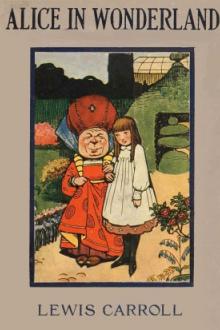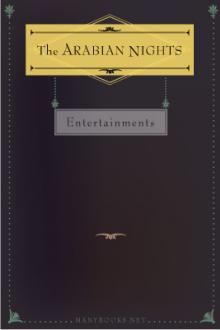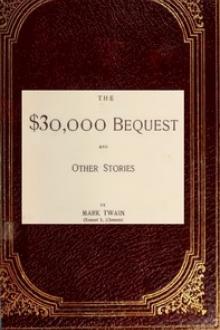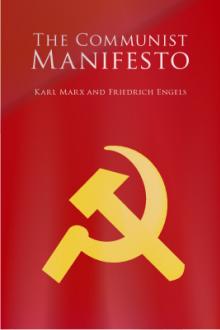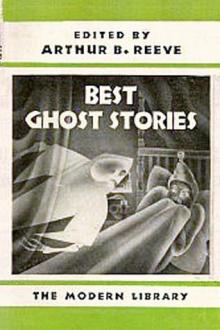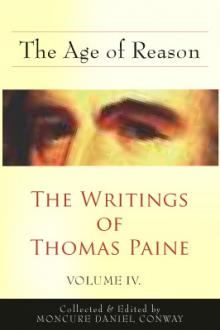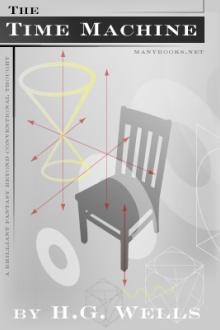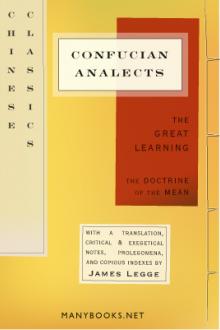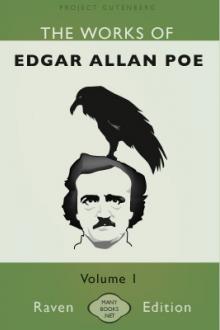British Goblins
Book Excerpt
To earn his cream-bowl duly set.
FOOTNOTE:
[12] Until recently, Welsh women retained their maiden names even after marriage.
IV.
The Ellylldan is a species of elf exactly corresponding to the English Will-o'-wisp, the Scandinavian Lyktgubhe, and the Breton Sand Yan y Tad. The Welsh word dan means fire; dan also means a lure; the compound word suggests a luring elf-fire. The Breton Sand Yan y Tad (St. John and Father)[13] is a double ignis fatuus fairy, carrying at its finger-ends five lights, which spin round like a wheel. The negroes of the southern seaboard states of America invest this goblin with an exaggeration of the horrible peculiarly their own. They call it Jack-muh-lantern, and describe it as a hideous creature five feet in height, with goggle-eyes and huge mouth, its body covered with long hair, and which goes leaping and bounding through the air like a gigantic grasshopper. This frightful apparition is stronger than any man, and swifter
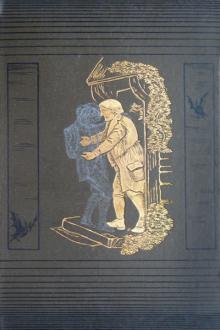
 Free Download
Free Download














